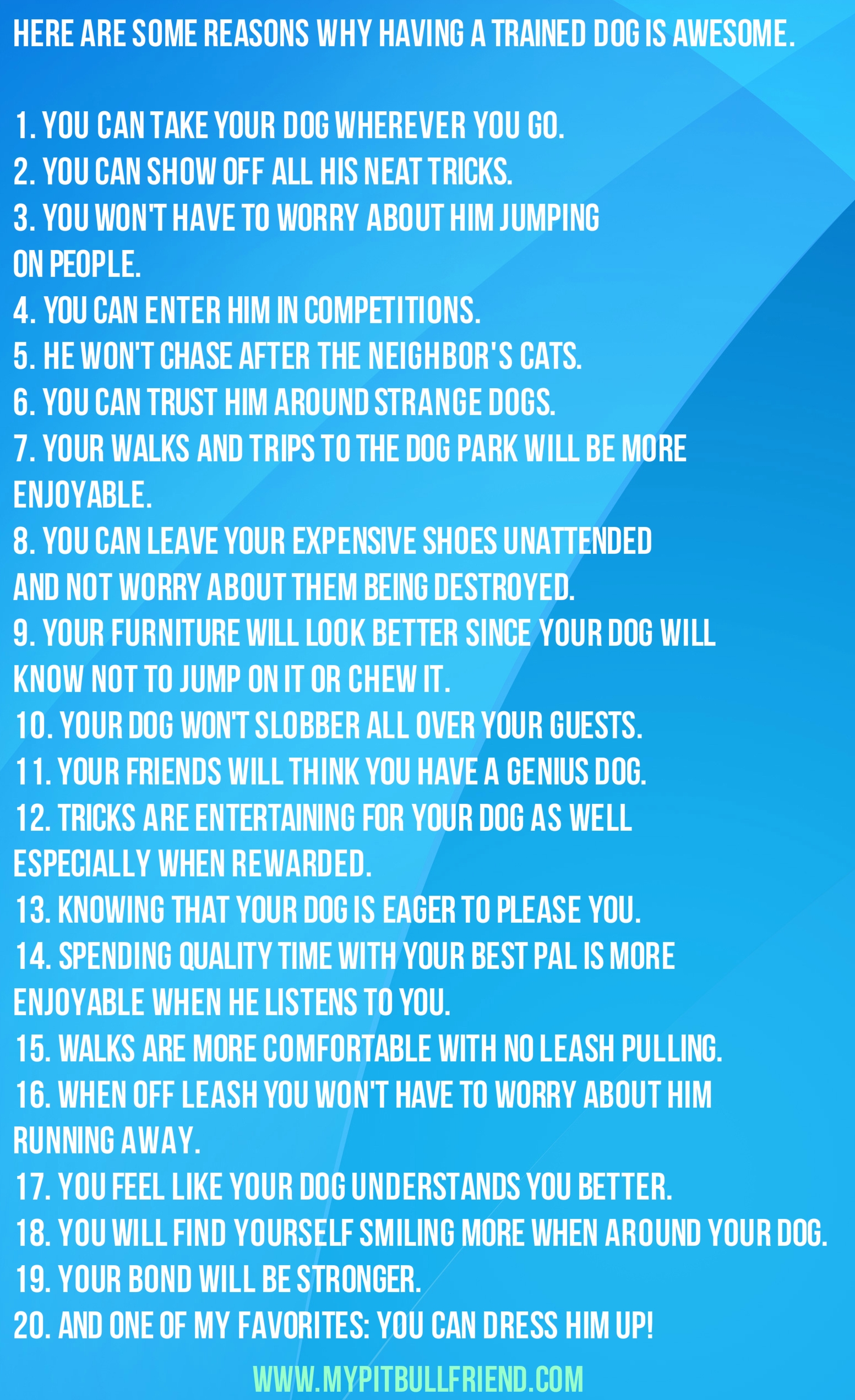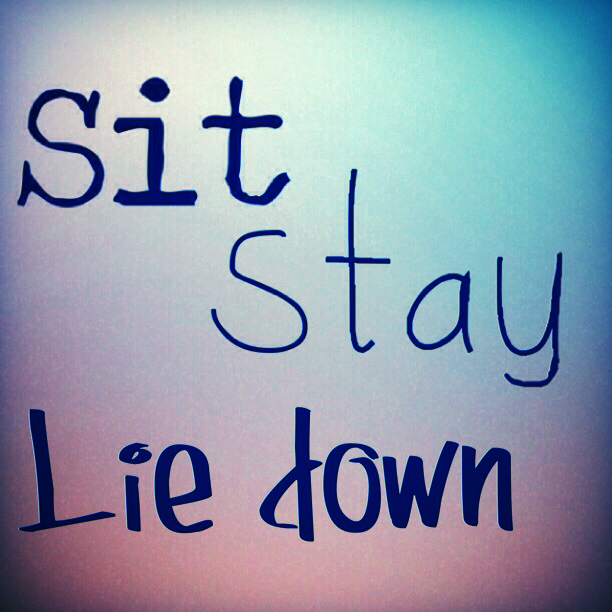Have you recently added a new puppy to your home? Are you having trouble getting the puppy potty trained? Well keep on reading because I have found the solution for you!
I have recently come across this innovative new way to potty train your puppy with a product called the Potty Training Puppy Apartment ® which has been designed with both dog and owner in mind to make potty training a breeze. I wanted to share this with you since I always get so many emails asking for help on how to potty train a new puppy. Out of all of the different potty training tips and techniques out there, this is the one that I recommend to everyone considering adopting a puppy.
The concept is simple:
Dogs do not like to void where they sleep so in order to avoid this while crate training, Modern Puppies has developed the Potty Training Puppy Apartment which is a crate that features a division creating two separate rooms for your puppy. One room is the bedroom and the other is the restroom. When you put your puppy in his Puppy Apartment, he sleeps on the comfy side where his bed is and when he has to potty he can just simply cross over to the restroom side through the specially created hole in the division. Then anytime he has to potty he will automatically want to go in his very own restroom.
This system is better and more effective than regular crate training since there is no where for your dog to void in a regular crate. This crate makes it so that you if are unable to take your puppy out of the crate to void if you are lets say sleeping or at work, he can just relieve himself at his own leisure. This also means less clean up for you. Just dispose of the pee pad and place a new one in its place instead of dealing with a soiled dog bed in case your puppy cannot hold it and voids on it, which does happen with small bladders.
Benefits Of Using The Potty Training Puppy Apartment
- Can Be Used Virtually Anywhere
- Is Great For Puppies of All Sizes
- Perfect For Apartment Dwellers
- Makes Cleaning Up Fast and Easy
- Affordable and Easy To Set Up
- No More Accidents in The Home
- Includes a Free Instructional DVD
- More Effective Than Normal Crate Training
and best of all .....
Your Puppy Will Be Trained in No Time!
(Now That's Something to Smile About)
The Puppy Apartment system is a unique indoor puppy potty training solution that has successfully trained over 50,000 dogs in as short a time period as 3 days each. This has allowed thousands of people to train their dogs indoors without having to subject their pets to extreme weather or having to worry about altering their lifestyle and rushing home to let their puppy out and now is your chance to try it out for yourself!
Modern Puppies was gracious enough to offer my wonderful audience a COUPON CODE for 5% off your very own Potty Training Puppy Apartment. Just enter code : DOG44 at checkout.
Take a look at the video below for more details about the Potty Training Puppy Apartment and check out these Reviews of pleased customers.









